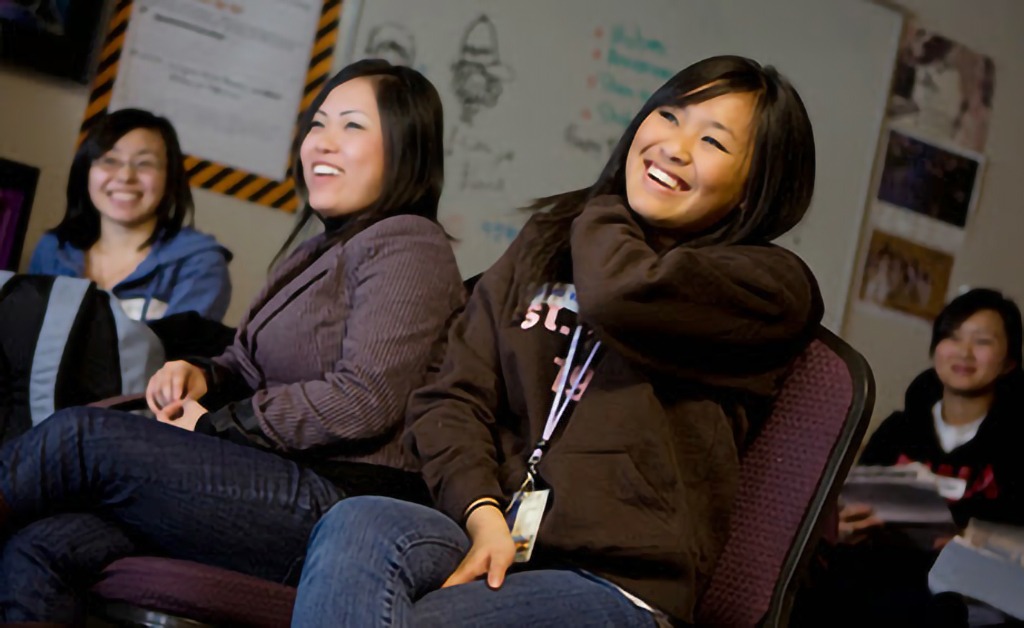
Hmong And Native American Students Pursue Journalism Majors, Cultures
Encouraging Hmong and Native American Students in Journalism
Organizers of the Third Annual First Nations/New Nations Conference aim to inspire Hmong and Native American students to pursue journalism, fostering cultural understanding and improved media representation.

Empowering Hmong and Native American Voices in Journalism – The Third Annual First Nations/New Nations Conference is making waves by encouraging Hmong and Native American students to explore careers in journalism. Organized with a mission to bridge the gap between media representation and diverse cultures, this initiative highlights the importance of storytelling from authentic perspectives.
A Platform for Cultural Exchange
Barb Blackdeer-Mackenzie, Knight Journalist in Residence at the Communication and Journalism Department, underscores the need for culturally accurate reporting. “As journalists, it’s our responsibility to ensure the media reflects the true essence of our communities,” she said. By motivating students to pursue journalism, the conference aims to dismantle stereotypes and create balanced narratives.
Bringing Hmong Culture to the Forefront
This year’s conference places a spotlight on Hmong culture. Through plays, documentaries, and panel discussions, attendees learn about the Hmong community’s contributions, such as their vital role during the Vietnam War. A fictionalized performance by Chuo and Yer Lee captures the Hmong migration story, offering historical insight while resonating with modern audiences.
Dr. Jane Hamilton, a photojournalist and historian who lived with Hmong refugees during the Vietnam War, shares her firsthand experiences. Her powerful storytelling underscores the need for culturally sensitive journalism.
The Role of Journalism in Social Change
Volunteer panelists, including journalists and community leaders, discuss the challenges and opportunities in reporting Hmong news. Topics such as gang stereotypes and mainstream media biases are addressed, fostering dialogue about accurate representation.
A Call to Action
The conference’s organizers hope to inspire future journalists to use their platforms responsibly. Sophomore Kelly Beyer, one of the student organizers, shared, “Learning about Hmong culture has been one of the most impactful parts of this experience.”
As journalism continues to shape public perception, events like these serve as a reminder that diverse voices matter. By empowering Hmong and Native American students to tell their own stories, the conference paves the way for a more inclusive media landscape.
Key Takeaway
Encourage others to learn more about this incredible initiative and how it’s creating change by fostering representation in media. Visit Www.Spectatornews.Com for further details.
References and Further Reading
- Conference Brings Hmong Culture | March 8, 2004 • Leave a Comment | Www.Spectatornews.Com | Organizers of the third annual conference are striving to encourage Hmong and Native American students to pursue journalism majors so the connection between journalists and different cultures will improve, Blackdeer-Mackenzie said.





Responses